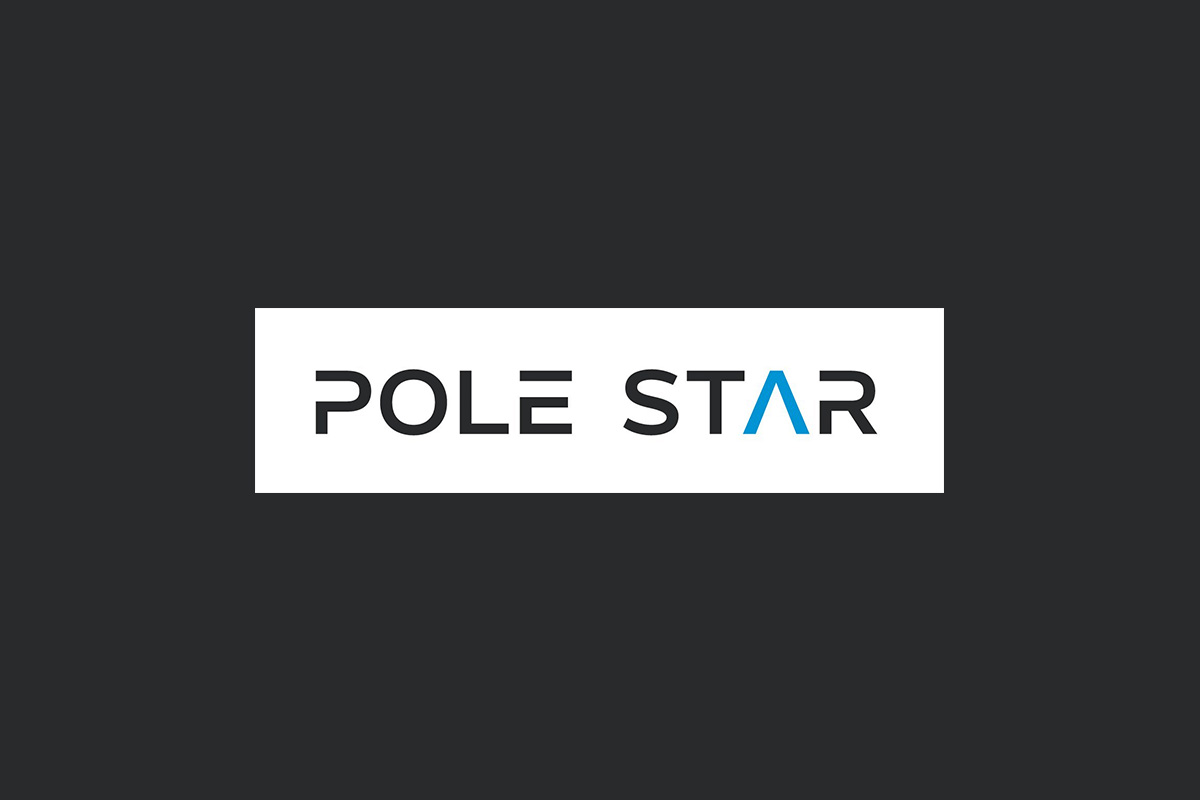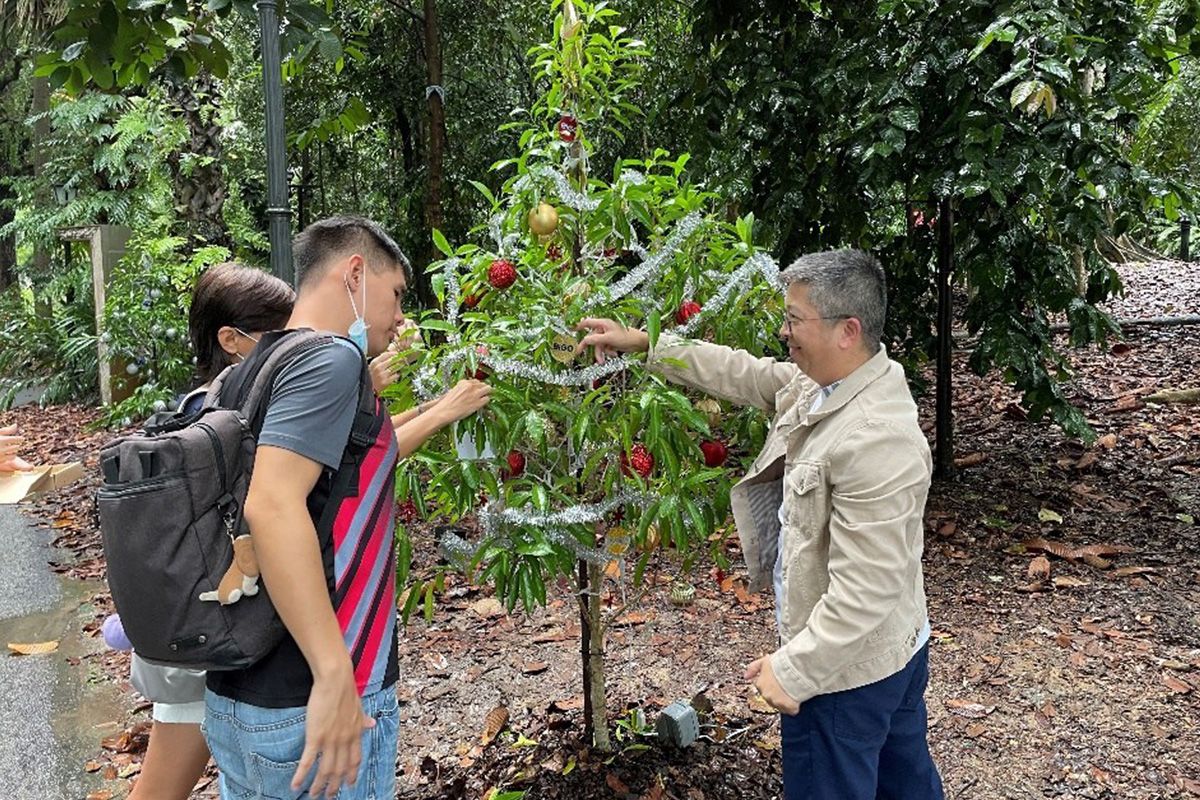ATTOM, a leading curator of real estate data nationwide for land and property data, today released its November 2022 U.S. Foreclosure Market Report, which shows there were a total of 30,677 U.S. properties with foreclosure filings — default notices, scheduled auctions or bank repossessions – up 57 percent from a year ago, but down 5 percent from the prior month.
“We may be at or near a peak level of foreclosure activity for 2022,” said Rick Sharga, executive vice president of market intelligence at ATTOM. “While foreclosure starts and foreclosure completions both increased compared to last year’s artificially low levels, they declined from last month, and lenders often put a moratorium on foreclosures during the holiday season.”
Nationwide one in every 4,580 housing units had a foreclosure filing in November 2022. States with the highest foreclosure rates were again: Illinois (one in every 2,401 housing units with a foreclosure filing); Delaware (one in every 2,736 housing units); New Jersey (one in every 2,916 housing units); South Carolina (one in every 3,195 housing units); and Wyoming (one in every 3,237 housing units).
Among the 223 metropolitan statistical areas with a population of at least 200,000, those with the highest foreclosure rates in November 2022 were Cleveland, OH (one in every 1,913 housing units with a foreclosure filing); Columbia, SC (one in every 1,938 housing units); Davenport, IA (one in every 2,000 housing units); Bakersfield, CA (one in every 2,034 housing units); and Atlantic City, NJ (one in every 2,063 housing units).
Those metropolitan areas with a population greater than 1 million, with the worst foreclosure rates in November 2022, including Cleveland, OH were: Chicago, IL (one in every 2,221 housing units); Riverside, CA (one in every 2,294 housing units); and Philadelphia, PA (one in every 2,539 housing units).
Lenders repossessed 3,770 U.S. properties through completed foreclosures (REOs) in November 2022, down 9 percent from last month but up 64 percent from last year.
States that had the greatest number of REOs in November 2022, included: Illinois (343 REOs); New York (313 REOs); Pennsylvania (220 REOs); Michigan (210 REOs); and Ohio (208 REOs).
Those major metropolitan statistical areas (MSAs) with a population greater than 1 million that saw the greatest number of REOs in November 2022 included: Chicago, IL (278 REOs); New York, NY (174 REOs); Philadelphia, PA (103 REOs); Detroit, MI (77 REOs); and Houston, TX (59 REOs).
Lenders started the foreclosure process on 20,686 U.S. properties in November 2022, down 5 percent from last month but up 98 percent from a year ago.
“Foreclosure starts in November nearly doubled from last year’s numbers, but are still just above 80 percent of pre-pandemic levels,” Sharga added. “We may continue to see below-normal foreclosure activity, since unemployment rates are still very low, and mortgage delinquency rates are lower than historical averages.”
States that had the greatest number of foreclosure starts in November 2022 again included: California (2,244 foreclosure starts); Texas (2,114 foreclosure starts); Florida (1,709 foreclosure starts); New York (1,575 foreclosure starts); and Illinois (1,243 foreclosure starts).
Those major metropolitan areas with a population greater than 1 million that had the greatest number of foreclosure starts in November 2022 included: New York, NY (1,593 foreclosure starts); Chicago, IL (1,028 foreclosure starts); Houston, TX (685 foreclosure starts); Miami, FL (657 foreclosure starts); and Los Angeles, CA (642 foreclosure starts).
The ATTOM U.S. Foreclosure Market Report provides a count of the total number of properties with at least one foreclosure filing entered into the ATTOM Data Warehouse during the month and quarter. Some foreclosure filings entered into the database during the quarter may have been recorded in the previous quarter. Data is collected from more than 3,000 counties nationwide, and those counties account for more than 99 percent of the U.S. population. ATTOM’s report incorporates documents filed in all three phases of foreclosure: Default — Notice of Default (NOD) and Lis Pendens (LIS); Auction — Notice of Trustee Sale and Notice of Foreclosure Sale (NTS and NFS); and Real Estate Owned, or REO properties (that have been foreclosed on and repurchased by a bank). For the annual, midyear and quarterly reports, if more than one type of foreclosure document is received for a property during the timeframe, only the most recent filing is counted in the report. The annual, midyear, quarterly and monthly reports all check if the same type of document was filed against a property previously. If so, and if that previous filing occurred within the estimated foreclosure timeframe for the state where the property is located, the report does not count the property in the current year, quarter or month.











